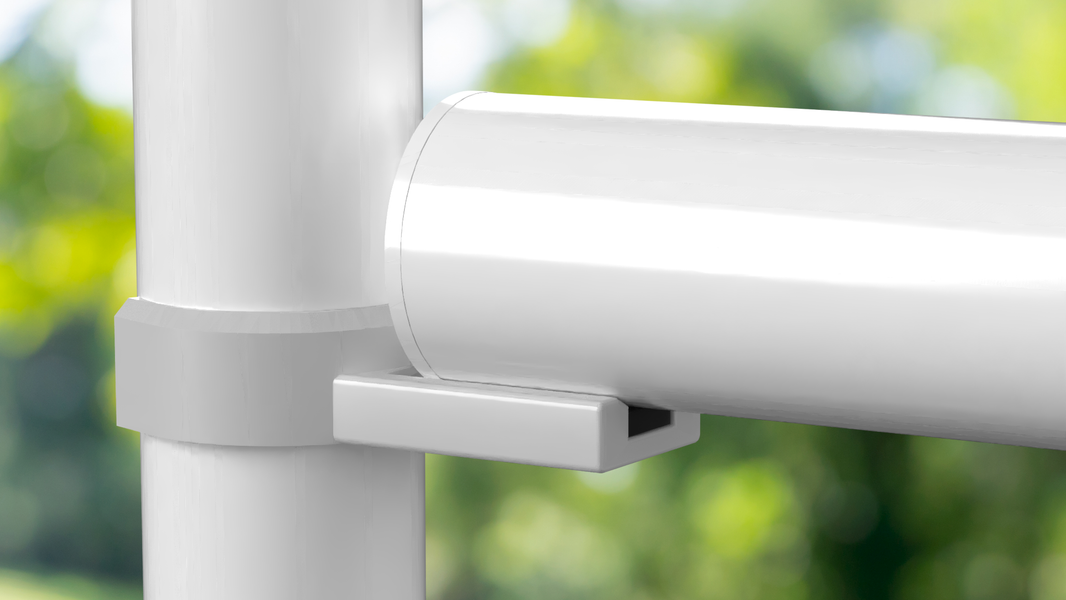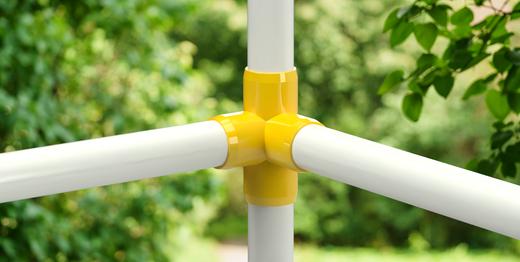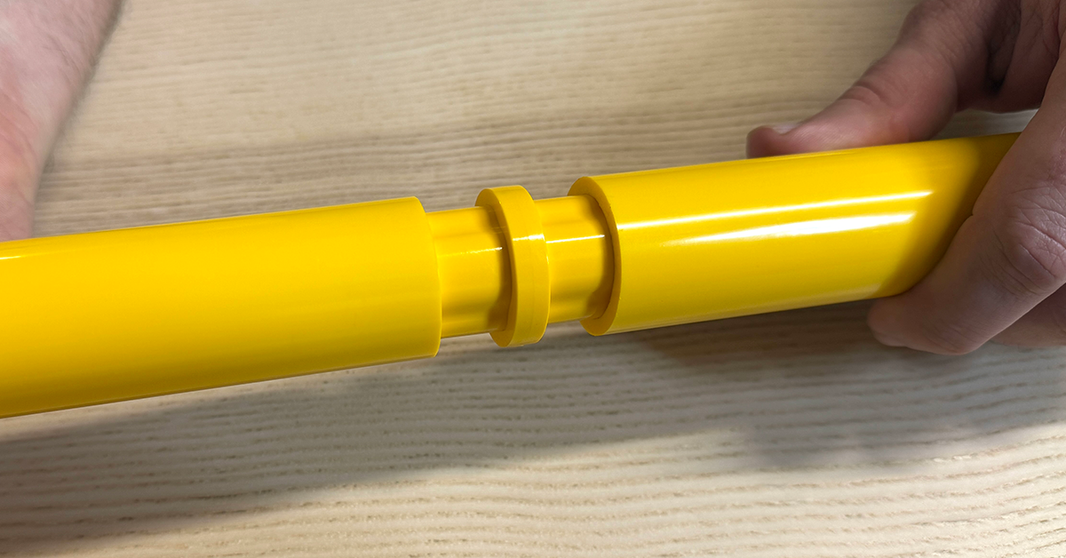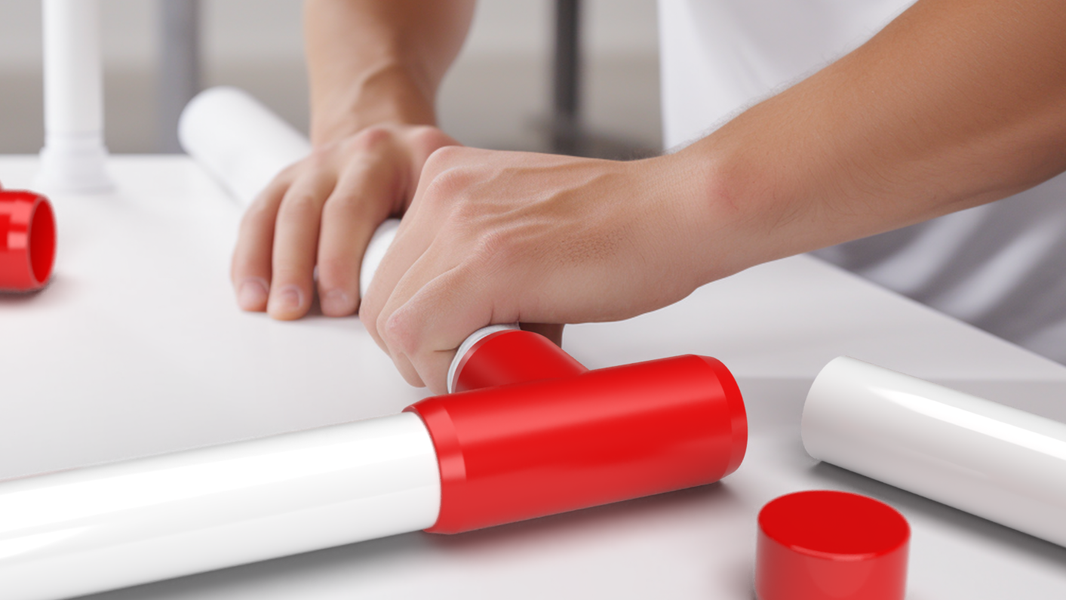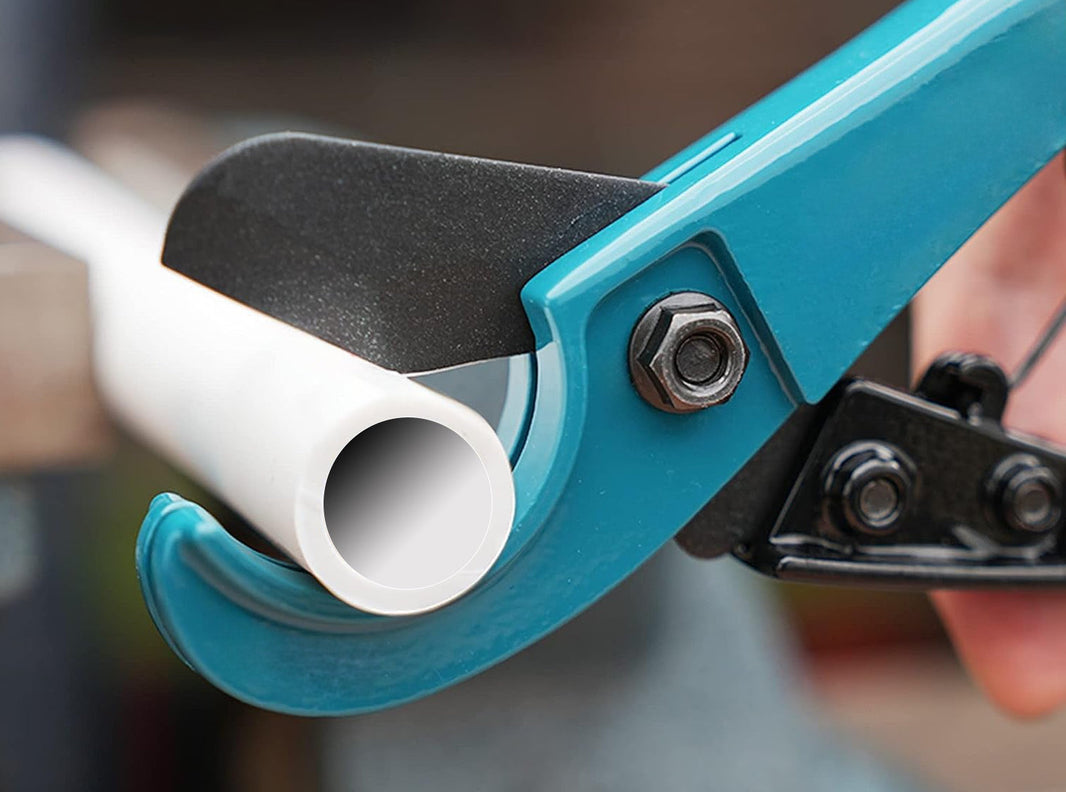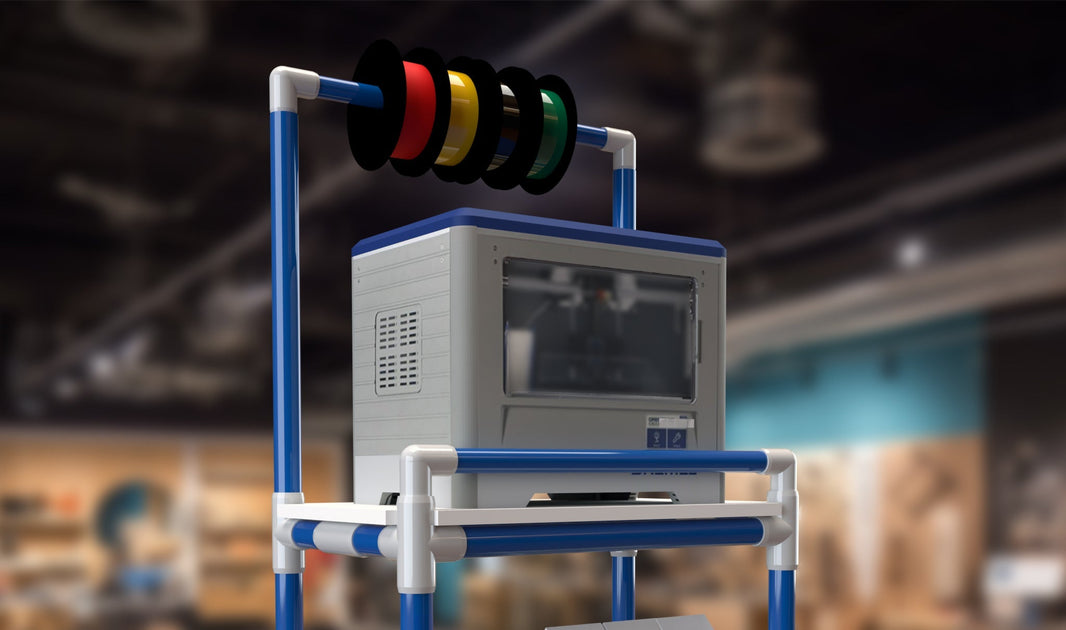DIY Water-Tight PVC Housing with FORMUFIT Table Caps | Cave Pearl Project

Looking for a reliable way to protect electronics underwater for months at a time? The open-source Cave Pearl Project built a durable, serviceable, water-tight housing using FORMUFIT Furniture Grade PVC—specifically our Table Screw Caps—to compress a seal on standard PVC pipe while keeping the enclosure accessible after deployment.
Project Overview
- Use case: Long-term (≈1 year) underwater logging for hydrogeology studies
- Electronics: Arduino-based sensors for flow, temperature, depth, and more
- Housing: 2" Schedule 40 PVC pipe + 2" FORMUFIT Table Screw Caps for a compression-style end seal
- Benefits: Low cost, readily sourced parts, strong mechanical protection, field-serviceable
The key insight is using the Table Screw Cap as a compression mechanism that presses a gasket or sealing interface against the pipe end, delivering a tight, repeatable seal while still allowing the housing to be opened for battery swaps, SD cards, or repairs after retrieval.

Suggested Build Notes
- Pipe & Fittings: Use straight, undamaged 2" pipe and matching FORMUFIT caps for best sealing surfaces.
- Sealing Interface: Employ an appropriate gasket or O-ring and a light, compatible lubricant where required.
- Cable Pass-Throughs: If adding glands, choose IP-rated components and follow torque specs.
- Pressure & Depth: Validate depth rating with a bench test before field use; inspect seals after each cycle.
For build logs, parts philosophy, and long-term results, visit the Cave Pearl blog. It’s an excellent resource for anyone adapting PVC for environmental sensing and extended deployments.



